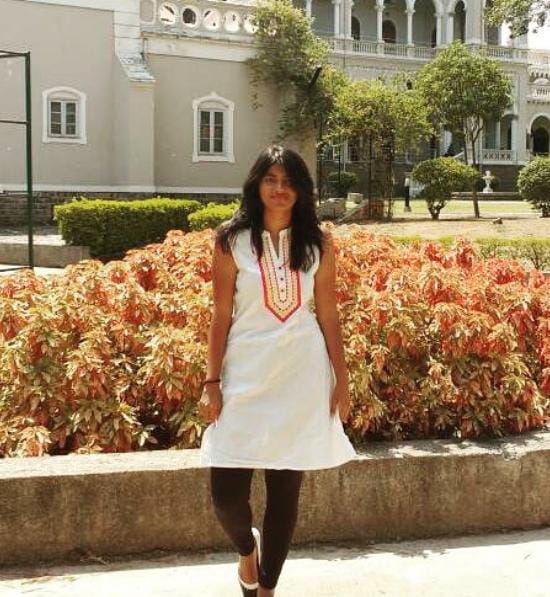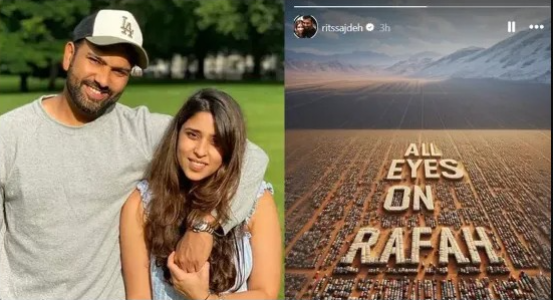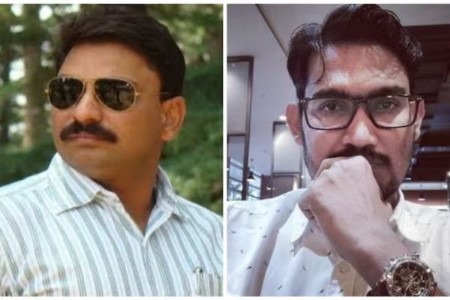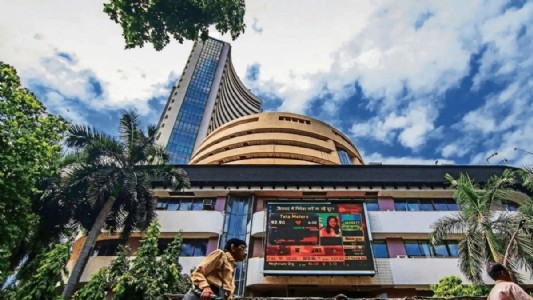Vettuvan Koil, the Sculptors Paradise
This temple was constructed in the 8th century AD, during the reign of the Pandya dynasty, which is also known as the Pandyas of Madurai
Total Views | 441
The temple we’re about to explore is truly one of a kind, and the details of which are truly capable of taking your breath away. The beauty and carvings of the temple are incomparable and stunning on another level, so much so that the place is literally called the Sculptors Paradise. This temple Tamil Nadu is a special one. The Vettuvan Koil is a monolithic rock-cut temple, situated in Kalugumalai, a town on the ancient trade routes from Kovilpatti to courtallam, in Tamil Nadu, India.
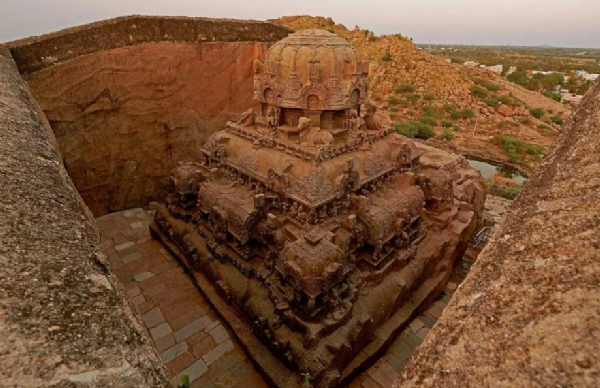
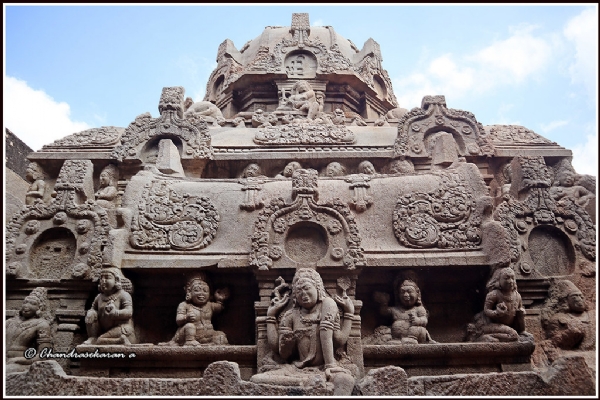 The unique detail of these sculptures happens to be that usually the images are depicted in samabhanga or straight frontal postures. In this temple, the sculptures are in asana or seated postures. The Vettuvan Koil was carved from a single granite rock, with the upper section showing various carvings of Parsavadevatas or the attendant deities of Shiva, such as Uma who is the Goddess of fertility, love, beauty, and Nandi, along with various animals.
The unique detail of these sculptures happens to be that usually the images are depicted in samabhanga or straight frontal postures. In this temple, the sculptures are in asana or seated postures. The Vettuvan Koil was carved from a single granite rock, with the upper section showing various carvings of Parsavadevatas or the attendant deities of Shiva, such as Uma who is the Goddess of fertility, love, beauty, and Nandi, along with various animals.
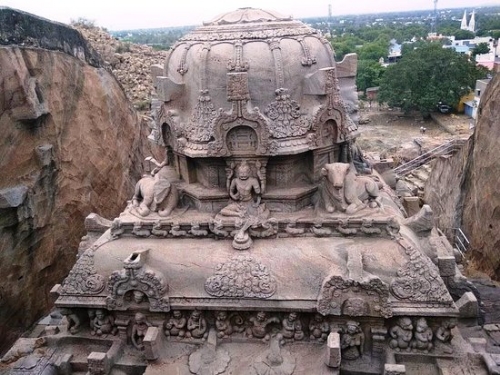

History | This temple was constructed in the 8th century AD, during the reign of the Pandya dynasty, which is also known as the Pandyas of Madurai. The temple is dedicated to the Hindu god Shiva - one of the principal deities of Hinduism. The Pandyas at the time ruled territories far and wide. At times they also ruled the large portions of present-day south India and Sri Lanka, with the capital of the kingdom centred on Madurai. Not a lot more historical data is available about the structure except for a myth about the artists.
Architecture | The temple complex was built in Dravidian style, an architectural aspect taken in various Hindu monuments. But the Vettuvan Koil posesses characteristics seen only in the distinct Pandyan art form.

Several contemporary sites in Kalugumalai share this same distinct Pandyan art type, like the rock-cut Kalugumalai Jain Beds and the Kalugasalamoorthy Temple, along with several 8th century homes. The temple, dedicated to Lord Shiva, is a small monument with a rectangular plan. It is excavated about 7.5 metres deep into the rock.

Legend | According to local legends, the temple was the result of a father and son row over who was the greater sculpture of the two. The father constructed the Vettuvan Koil, while the son made the Murugan shrine. The son mocked his father that Vettuvan Koil temple would never be finished. To this, the father retaliated in anger & murdered the son. In his grief, the father abandoned his temple which remains unfinished to this day.
Another version of the legend goes like this: the father had tried to teach his son the skills of his trade. Foregoing the orders of the father, the son started chiselling in the inner chamber. Hearing the sound and raged by the disobedience, the father killed the son.
Also Read | Jogeshwari Caves, salvaging the beauty lost in time
As a result of the legends, two literal translations of Vettuvan Koil mean in Tamil, “heaven of sculptors” and the other means the temple of the slayer.


